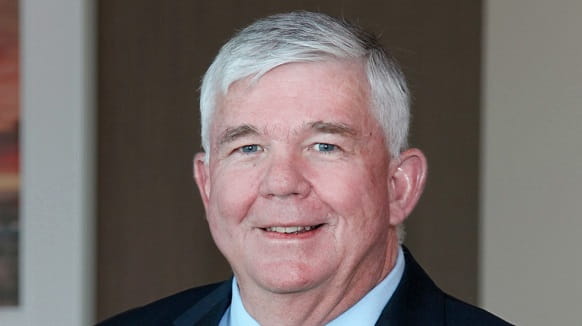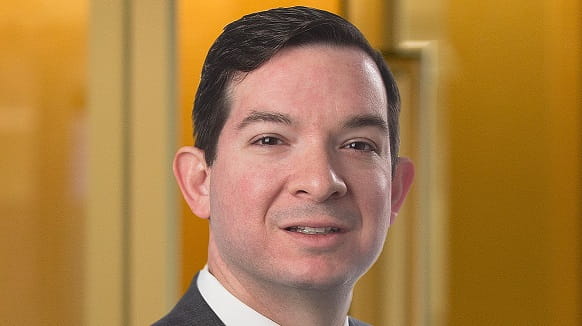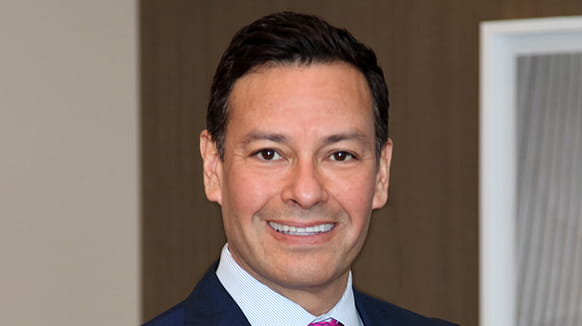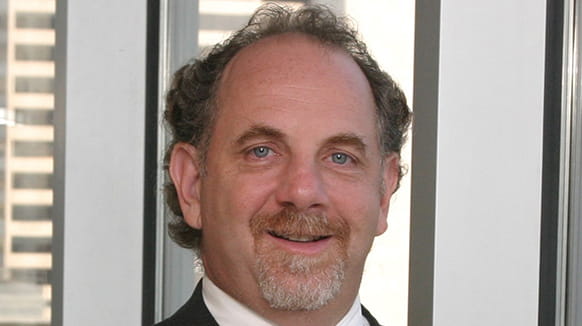At a time when tolerance seems to be an increasingly precious commodity, society can celebrate an awakening intolerance for sexual harassment. For all of the scandal and salacious detail dominating the media in recent months, there is the hope that victims of depravity can find empowerment and healing, if not justice, too. Countless public figures—once insulated from accountability by wealth, power and status—have been forced to reckon with the reality of their crimes and consequences.
But high-profile resignations and public apologies imply a finality and resolution for wrongdoers that is much slower in coming for those wounded by workplace impropriety. And for every victim, there are countless others—including families, friends, institutions and communities—who are swept up in the aftermath of sexual assault. Among those exposed to significant risk surrounding what can only be called a revolution in public attitudes and societal standards governing sexual harassment are employers, supervisors and others, who may be called to account for the bad conduct of deviant employees.
In anticipation of this kind of risk, employers have for decades purchased “employment practices liability” insurance (EPLI) or similar policies to protect against the cost of defending and paying damages for sexual harassment claims. Now with daily revelations of sexual assault committed by public figures of every political and professional stripe, employers are renewing their focus on EPLI coverage. By one account, spending on EPLI insurance is anticipated to increase by more than twenty-two percent (22 percent) between 2016 and 2019.1
But buying more EPLI coverage is not the same as recovering more from an EPLI policy in the event of a sexual harassment claim. The extreme social sensitivity associated with sexual assault claims may itself complicate recovery under an EPLI policy, depending on individual facts and circumstances. All other things being equal, however, there are three key issues that employers should consider in seeking recovery for sexual harassment claims under an EPLI form.
- “Claims Made” Policies and Applications. The first is an issue of timing and disclosure. In many cases, a claim for sexual harassment may involve conduct occurring years before any claim is asserted. EPLI policies are almost uniformly written as “claims made” policies—meaning, the single annual insurance policy that will respond is the policy in place at the time a claim is first made, rather than the policy that was in place when the underlying conduct or injuries occurred. As a result, many EPLI policies require annual applications from the employer certifying facts about the proposed coverage, including whether the policyholder is aware of facts, circumstances, or situations that may result in a future employee or third-party harassment claim. Employers should carefully review and accurately respond to such questions, knowing that an insurer may attempt to use an alleged misrepresentation in a policy application as a basis to refuse coverage for a future claim—particularly if the underlying sexual harassment claim asserts that the conduct at issue was known to the employer or supervisor prior to the issuance of the policy. Policies may also include “retroactive dates,” effectively excluding claims arising out of conduct occurring prior to a specified date even if the claim was first made during the policy period. Employers should review these terms and consider purchasing full “prior acts” coverage as appropriate.
- Notice and Reporting. Because they are “claims made” policies, EPLI policies often also have strict reporting provisions requiring the insured to give notice of a “claim” as soon as practicable and not later than the end of the relevant policy period. The “claim” for which notice must be given usually includes more than a formal lawsuit. Notice obligations may be triggered by nothing more than a written demand for money or other relief. Employers should be familiar with what qualifies as a “claim” for notice purposes and ensure that in the event of any “claim,” notice is timely provided to the insurer. Many policies will also allow an employer to give notice of facts, circumstances or events that, while not yet a claim, are likely to give rise to a claim, with the understanding that any future claim arising out of the same facts and circumstances will be deemed to be a claim first made at the time notice of the event was originally given. To the extent that limits and self-insured obligations may vary from year to year, employers should be deliberate when providing a “notice of circumstances” to ensure that doing so will not only maximize insurance coverage but will be consistent with the employer’s defense of a future claim.
- “Conduct” and “Bodily Injury” Exclusions. Unlike general liability or automobile liability policies, EPLI policies may vary in terms from year to year and from one insurer to another. While many policies have the same kind of “exclusions,” the wording of individual provisions limiting coverage may differ in material ways, particularly when it comes to coverage for sexual harassment claims. Some policies, for example, may have “intentional acts” or “criminal conduct” exclusions denying coverage for claim arising out of willful, intentional or criminal acts on the part of any insured. Some states have statutory prohibitions on insurance coverage for intentional acts. Other policies or states may not have such limitations. Most policies will limit coverage for “bodily injury” claims. Although, some preserve coverage for claims asserting mental anguish and emotional distress. Others do not and may go so far as to specifically exclude “assault.”
Employers should exercise caution in negotiating and placing EPLI coverage to ensure that favorable terms are secured. In the event that a policy does have an exclusion for “intentional” or “criminal” conduct, the exclusion should require a “final adjudication” in the underlying claim against the insured and make clear that the intentional or criminal act of one insured is not imputed to another. Even absent optimal policy terms, depending on facts and circumstances, employers may be able to distinguish intentional from unintentional acts and actors for purposes of EPLI coverage.
There are, in fact, any number of other issues that employers may encounter in pursuing EPLI coverage for sexual harassment claims. So-called “hammer clauses” may be implicated by a settlement to which the insured does not consent. There may be questions raised by the nature of underlying allegations about whether insured persons were acting in an “insured” capacity. Depending on policy terms and circumstances, important questions about the insured’s defense and the right to select defense counsel may also arise. Employers should also be careful to consider the alternative coverage that may be available for third-party claims for sexual harassment under other policies, including general liability policies, depending on the facts and circumstances of the claim.
A little more than three months ago, Hurricane Harvey brought devastating losses to businesses and their insurers all along the Gulf Coast. Today, there is another storm brewing for employers and their EPLI insurers. But by being attuned to the three issues outlined above, employers facing sexual harassment claims will be better positioned to maximize recovery from their EPLI insurers. If you have any questions about insurance coverage for sexual harassment claims or about EPLI coverage in general, please contact one of Haynes Boone’s Insurance Coverage Practice Group partners listed below.
1 Danielle Paquette, More companies are buying insurance to cover executives who sexually harass employees, The Washington Post (Nov. 3, 2017). (“U.S. companies spent an estimated $2.2 billion last year on insurance policies covering the legal fallout from sexual harassment, racial discrimination and unfair-dismissal accusations. The market is projected to grow to $2.7 billion by 2019, according to MarketStance, a research firm that tracks insurance trends.”).





